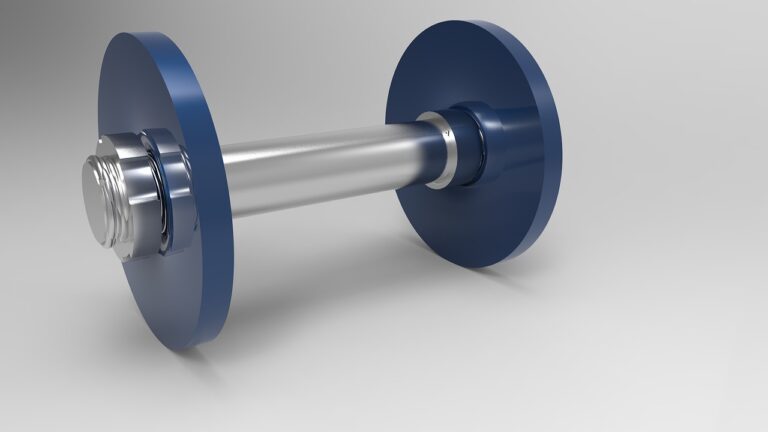Biohacking: DIY Biology for Health Optimization
As technology continues to advance at a rapid pace, individuals are becoming increasingly interested in taking their health into their own hands. Biohacking, a term that encompasses a wide range of practices aimed at optimizing health and performance through biological experimentation, has gained popularity in recent years. From tracking sleep patterns and nutrition intake to manipulating genetic material, biohackers are constantly pushing the boundaries of what is possible when it comes to improving human health.
History of Biohacking
The concept of biohacking can be traced back to the early 1980s, when a group of biologists and computer scientists came together to form the first DIY biology community. This grassroots movement aimed to democratize access to biotechnology and empower individuals to explore the possibilities of genetic engineering and synthetic biology. Over the years, biohacking has evolved to encompass a wide range of practices, from self-experimentation with nootropics and other cognitive enhancers to the use of wearable technology to track and optimize health metrics.
Types of Biohacking
There are several different types of biohacking, each aimed at achieving a specific goal related to health optimization. Some common types of biohacking include:
- Genetic biohacking: Involves manipulating one’s genetic material through techniques such as CRISPR gene editing to enhance health and performance.
- Nutritional biohacking: Involves optimizing one’s diet to improve energy levels, mental clarity, and overall well-being.
- Quantified self biohacking: Involves tracking various health metrics using wearable technology and other tools to identify patterns and make data-driven decisions.
- Cognitive biohacking: Involves using substances such as nootropics to enhance cognitive function, focus, and memory.
The Benefits of Biohacking
There are numerous potential benefits to biohacking, including improved physical and mental health, increased longevity, enhanced cognitive function, and increased productivity. By taking a personalized approach to health optimization, biohackers are able to uncover unique insights about their bodies and make informed decisions about how to achieve their health and performance goals.
Risks and Ethical Considerations
While biohacking has the potential to offer numerous benefits, there are also risks and ethical considerations that must be taken into account. For example, manipulating one’s genetic material could have unintended consequences and long-term health implications. Additionally, the use of certain substances for cognitive enhancement may carry risks of addiction and dependency. It is important for individuals engaged in biohacking to approach the practice with caution and prioritize safety and ethics.
FAQs
What is biohacking?
Biohacking is a term that encompasses a wide range of practices aimed at optimizing health and performance through biological experimentation.
Is biohacking safe?
While biohacking has the potential to offer numerous benefits, there are also risks and ethical considerations that must be taken into account. It is important for individuals engaged in biohacking to approach the practice with caution and prioritize safety and ethics.
What are some common types of biohacking?
Some common types of biohacking include genetic biohacking, nutritional biohacking, quantified self biohacking, and cognitive biohacking.







